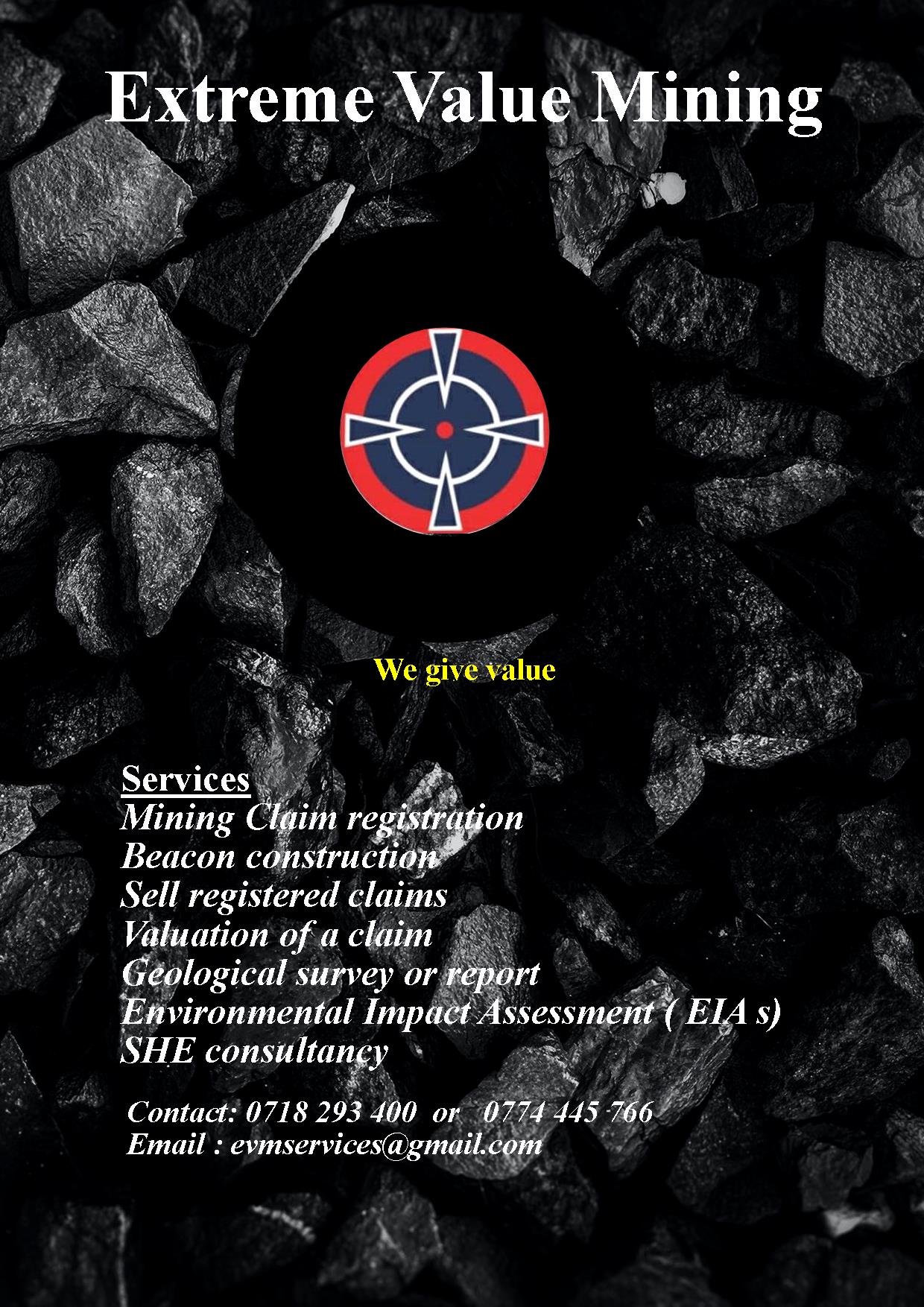

It is with my great pleasure to pen my inaugural address on mine safety in an industry that has been growing in Zimbabwe length and and breadth to achieve a 12 billion mining industry by year 2025 as echoed by the Minister Winston Chitando. Lithium mines and Steel Manhize take the centre stage of this growth on the formal side and not ignoring the artisanal mines who can't go unnoticed in their gold supply to fidelity gold refinary. We can spend all day making mention of strides taken and potential to be attain but mining without safety is amegdon, the work place becomes a war zone where life can be taken away anytime. As the mine safety becomes a 12 billion sector is translates to also a 12 billion safety industry so that our minerals don't become blood minerals. It is imperative that safety standards are raised higher so that growth doesn't come at the expense of lives. It is with joy that I have noted that most mining corporates have taken safety seriously that safety is part of their brands, it is commendable for the small upcoming miners to toe the line.
The most unfortunate event as miners is to reach a rescue mission operation, which is a sign of failure of a safety system failure. A rescue mission is characterized with panic, comforting, resilience, selflessness and resource sharing. One of the most incredible rescue missions of all time was conducted in Copiapó, Chile on 5 August 2010, where 33 miners were trapped for 69 days and were all rescued alive. The mine caved in at the San José copper-gold mine in Copiapó, Chile, trapping 33 miners approximately 700 meters underground. The miners were stuck in a refuge chamber, with limited food, water, and air. Rescuers tried to reach the miners through existing mine shafts but were unsuccessful. Borehole drilling technology was utilized and on the 12 days they trapped miners made contact through a note attached on a drill that they were all alive and through that same passage they got food supplies until final rescue on 10 October 2010.
Zimbabwe had it's fair share of these rescue missions where the government is forced to mobilise resources and expertise for artisanal miners who undertake mining activities without safety precautions in their operations. The lastest incident involved artisanal miners at Redwing Mine Penalonga and it was fortunate there were no fatalities recorded. Prior to that there was a Chegutu Bay Horse Mine where 10 lives were lost after a mine shaft collapse and a wave of morning gripped both Kadoma and Chegutu mining towns. In a separate incident on February 13, 2019, a group of artisanal miners were trapped at the Battlefields Mine in Kadoma, Zimbabwe, after a mine shaft collapsed. Rescue efforts were launched, and rescued were 62 miners. The rescue efforts were led by the Zimbabwean government, with assistance from local and international teams. The incident highlighted the importance of mine safety and the need for regular inspections and safety protocols.
We have noted the down side of mining accidents and what can be done to avoid miscalculated collapsing of mines. My submission to safety is the abstinence of especially gold artisanal miners from the use of shock tubes as a way to ignite explosives with preference to use of fuse codes or detonating codes or igniting codes. The shock tubes makes use of a network of explosives that are stimulated to explode by use of electrical current making the explosion of the set of explosives instantaneous. The instant eruption cause severe, uncontrolled, unpredictable damage that pause risk for mine collapse. On the other hand explosives using ignitor codes allow explosives to explored in a series and making one explosion independent to another. The known radius of each explosives can enable to predict the cumulative effect of the operation enabling safety. Safety also calls for a registered blaster to conduct the operation and miners should include a blaster in their teams to keep each other safe.
Safety FirstYours Brother's keeper
Lemione Hesk, Safety Desk
